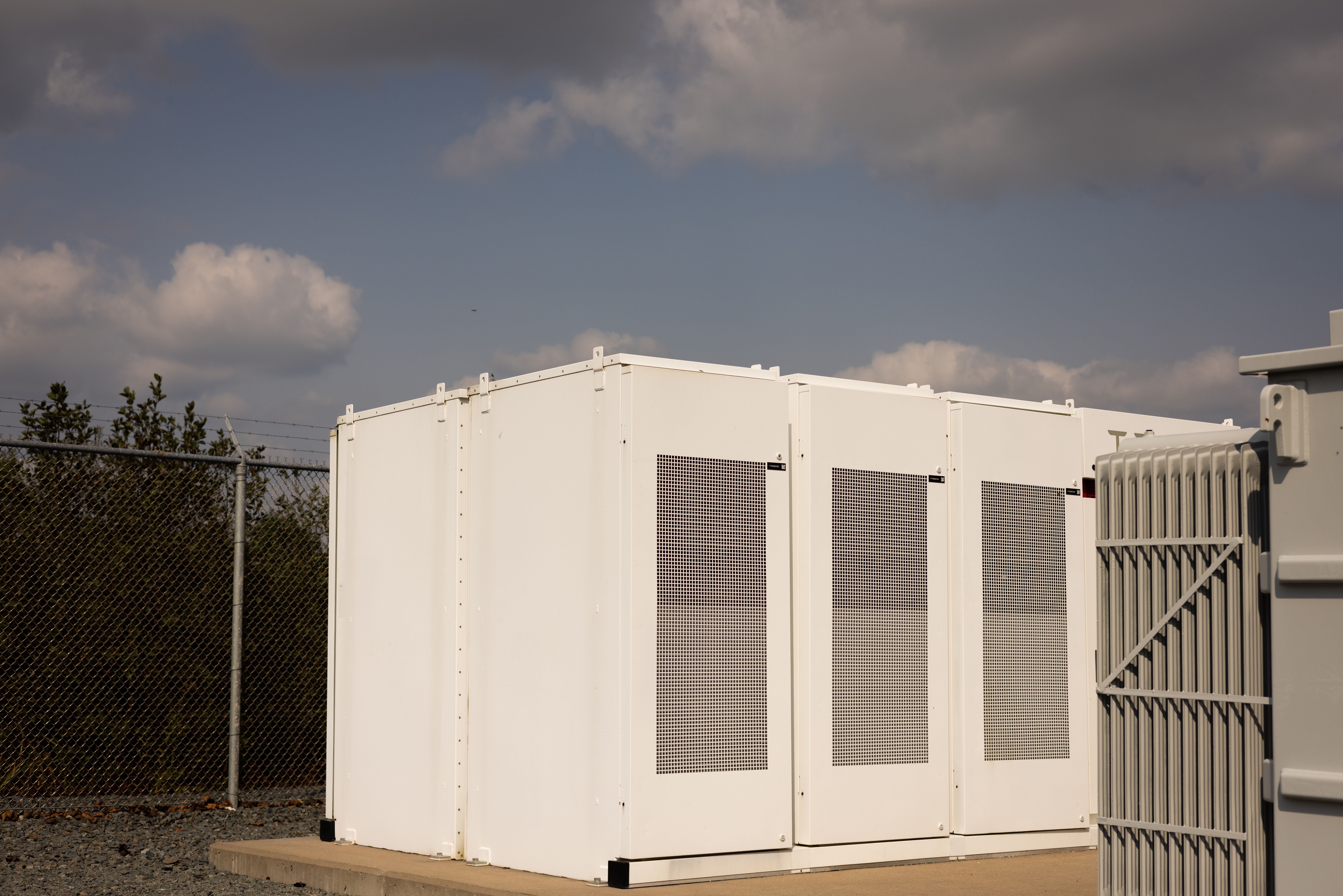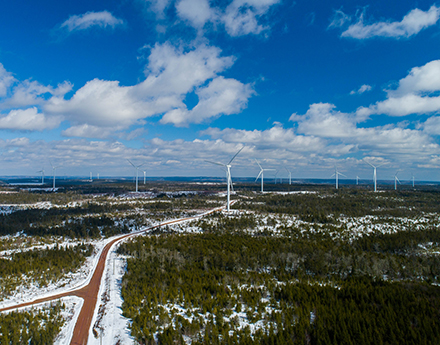Clean energy trends that are shaping our electrical system
Over the last decade, we’ve tripled our clean energy to 30 per cent of our generation mix from just nine per cent. It’s a transition that’s meant making changes across our business and integrating new technology. Now, as we work towards 60 per cent clean energy by 2022 and beyond, we’re planning for the future.
Nova Scotia has the potential to be one of the cleanest, lowest-carbon and future-ready regions in Canada—to have a thriving green economy powered by cleaner energy. It’s an exciting vision that will take innovative thinking and collaboration with neighbouring utilities and governments to get us there.
The Nova Scotia Provincial Government and the Federal Government have ambitious climate plans—we share their vision around climate change action. We’re working to rebuild our electrical infrastructure to integrate clean energy, but we know it has to be done in a way that is equitable, affordable and reliable for our customers.
This past week, David Landrigan, VP, Commercial spoke at the Maritime Energy Association CORE Conference, where the theme was The Power of Collaboration. We had a chance to catch up with him to ask about our clean energy future and how collaboration plays an important role.
Q: Tell us a about your team and the work they are doing.
A: “My team members are leading the Smart Grid Nova Scotia Project. They’re piloting and testing how the right new technologies and innovations can be incorporated into the electrical grid. This includes electric vehicles and smart charging stations, battery storage, and solar installations. These projects are integral to our work to transition to cleaner sources of energy. We’re learning how the different technologies interact and can be managed on the grid, for example how it can help manage demand, support reliability, and improve energy efficiency on the grid.
A key part of our strategy is ensuring we are working with local businesses and other stakeholders on ways we can collaborate to ensure we are taking the most cost-effective steps for our customers in our transition to a cleaner energy future.”
Q: Can you give some examples of the types of collaborations you’re talking about?
A: “Heat pumps are a great example. We worked with more than 100 certified businesses throughout Nova Scotia to promote technologies that not only lower GHG emissions but enable substantial cost savings to our customers. They are now in 1 out of every 4 homes—10 years ago they were not even on the radar of most Nova Scotians. We have an industry of heat pump contractors and approximately 2,500 direct and indirect jobs through selling or maintaining them, and our homes are more comfortable, affordable and produce less carbon because of widespread adoption.
We also announced our partnership with Nova Scotia-based Natural Forces Solar and the Town of Amherst to build the provinces’ first ever community solar garden. Construction work has already begun and once complete it will produce enough energy to power approximately 240 homes every year.
Another exciting technology we’ve been testing more recently is bi-directional charging stations for EVs. These allow electric vehicle drivers to not only charge their EV battery, but to also take the energy stored in their battery and push it back to a home, building or the power grid.
We’ve also established several wind partnerships over the last decade, including Sable Wind and South Canoe. In both cases, thanks to great collaboration with business and community partners, the resulting flow through cost per MWh to customers is lower than many other wind options in the province.”
Q: Is there a way for businesses to connect with your team on future opportunities and projects?
A: “Absolutely! We’ve launched a new portal on our website to provide companies the ability to proactively express interest in working with us and to provide some basic company information so that we can expand our database for future targeted requests for proposals. You can go to nspower.ca/vendors for the info and contact details for the team.
The most important criteria to engage with us is a strong health and safety-focused culture and a demonstrated track record of working safety is first and foremost.”
For more information about our clean energy transition, visit nspower.ca/clean.
Share This Post:





